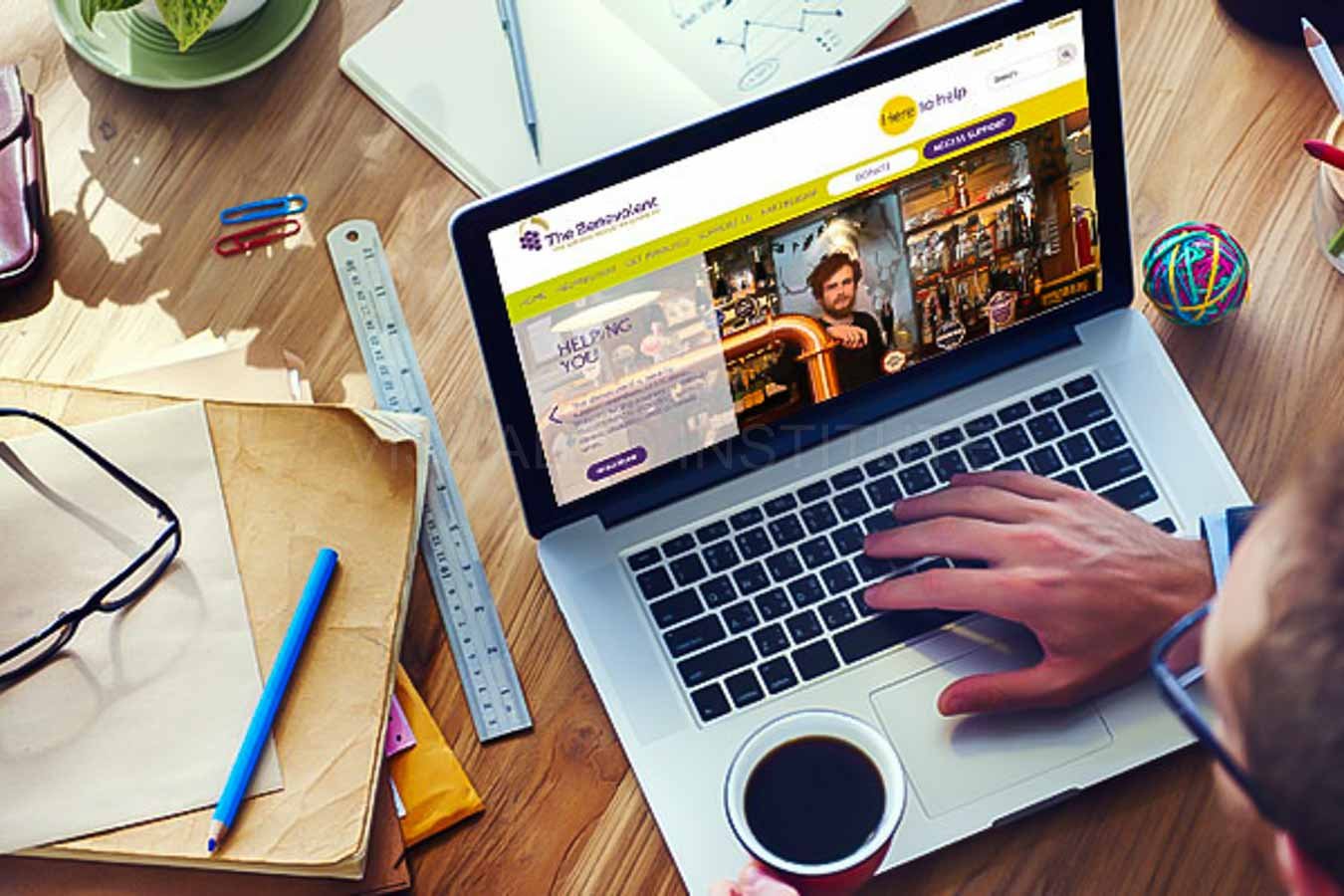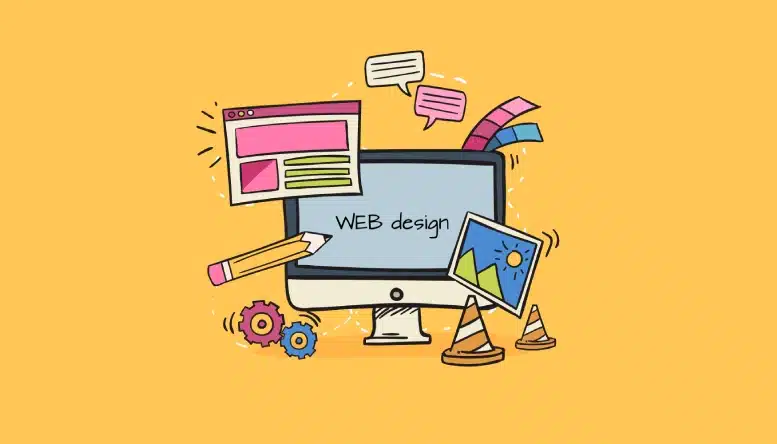Aligned Position Web Design: Delivering High-Quality, User-Friendly Web Designs for Every Industry
Aligned Position Web Design: Delivering High-Quality, User-Friendly Web Designs for Every Industry
Blog Article
The Ideal Sorts Of Web Style to Boost Individual Experience and Engagement
In the ever-evolving landscape of electronic interaction, the performance of website design considerably influences individual experience and involvement. Various layout strategies, such as minimalist, receptive, and interactive designs, each offer special advantages that can deal with diverse user demands. Comprehending which kinds of Web style best serve these objectives can be crucial for companies intending to enhance client contentment and retention. Nevertheless, the concern stays: which design components really resonate with individuals and foster purposeful involvement? The expedition of these principles reveals essential insights that might redefine your approach to Web style.
Minimalist Website Design
As electronic landscapes become increasingly messy, minimalist Web style has arised as an effective technique to boosting individual experience. This layout ideology prioritizes simpleness, concentrating on vital components while eliminating unnecessary interruptions. By making use of enough white room, uncomplicated navigation, and a restricted color palette, minimal style cultivates clearness and guides individual focus to key material.
The core principle of minimal Web layout is to develop a seamless communication for users. By decreasing cognitive load, customers can promptly understand information without really feeling overwhelmed. This direct strategy not just improves use yet also urges involvement, as visitors are much more likely to explore a website that is very easy and visually enticing to navigate.
Furthermore, minimalist layout frequently stresses typography and images, using these elements strategically to share messages efficiently. This emphasis on vital elements can enhance brand identification and produce an unforgettable user experience. Fundamentally, minimal Web style is not just a pattern; it is a thoughtful methodology that identifies the significance of user-centered layout. By removing extraneous aspects, developers can create a much more interesting, efficient, and delightful Web experience for all individuals.
Responsive Web Layout
In today's diverse digital environment, receptive website design has ended up being crucial for creating a seamless user experience across a wide variety of gadgets. As customers accessibility websites on smart devices, desktops, laptops, and tablet computers, the capacity of a site to adapt its layout and content to various display dimensions and resolutions is crucial.
Receptive Web design employs adaptable grids, photos, and CSS media questions to make sure that Web content exists optimally, regardless of the tool made use of. This approach not only enhances the aesthetic allure of a web site yet likewise dramatically boosts use. Individuals are most likely to engage with a website that provides a consistent experience, as it eliminates the disappointment of having to zoom in or scroll exceedingly.
By embracing responsive layout, organizations can enhance their exposure and reach a wider target market. In summary, responsive Web style is a basic practice that boosts individual experience, involvement, and overall satisfaction.
Interactive Web Layout
Responsive website design prepares for improving customer experience, however interactive Web design takes this an action additionally by involving users in a much more vibrant means - Aligned Position Web Design. By incorporating elements such as computer animations, clickable prototypes, and real-time feedback, interactive Web layout captivates users, drawing them into a richer surfing experience
This strategy not only promotes interaction yet additionally encourages individuals to discover material actively as opposed to passively consuming it. Strategies such as gamification, where customers gain rewards for finishing jobs, can substantially enhance the moment spent on a site and boost general satisfaction. Interactive functions can simplify complicated details, making it extra satisfying and absorbable.

Including interactive design components can also bring about higher conversion prices, as customers are most likely to engage with a website that actively includes them. Aligned Position Web Design. Ultimately, interactive website design transforms individual experiences right into unforgettable trips, making certain that site visitors return time after time
Apartment Design
Defined by its minimalistic strategy, flat style stresses simplicity and functionality, stripping away unneeded components and focusing on important functions. This style ideology focuses on use, ensuring that users can navigate interfaces with ease and efficiency. By employing a clean aesthetic, flat style gets rid of the clutter commonly located in extra luxuriant styles, consequently boosting customer focus on material and functionality.
The hallmark of level style depends on its use strong colors, easy typography, and geometric shapes. These aspects add to a visually attractive interface that is both approachable and modern. Additionally, level layout fosters a feeling of clearness, permitting customers to discern necessary activities and info without interruption.
Additionally, level layout is specifically efficient in responsive Web layout, as its simplicity converts well across different gadgets and display sizes. The absence of elaborate textures and gradients minimizes loading times, which is vital for keeping individual interaction. As electronic landscapes continue to develop, level style stays a relevant option for producing straightforward web sites that improve general experience. By concentrating on crucial attributes, level layout not just fulfills customer demands however likewise encourages smooth communication, making it a crucial component of efficient Web style strategies.
Adaptive Web Layout
Adaptive website design customizes the individual experience by developing multiple dealt with designs customized to various display sizes and gadgets. Unlike receptive layout, which fluidly adjusts a solitary format, adaptive style utilizes unique layouts for certain breakpoints, ensuring optimal presentation on various platforms. This method enables designers to concentrate on the distinct attributes of each tool, boosting use by supplying specifically what individuals require based on their context.
One of the primary advantages of adaptive website design is its ability to optimize load times and efficiency. By offering customized material and photos that fit the individual's gadget, internet sites can minimize information use and enhance loading speeds. This is especially helpful for individuals with slower connections or limited data strategies.

In addition, adaptive style facilitates a much more controlled and constant branding experience. Since designers check my site develop multiple layouts, they can make sure that the visual components align with the brand's identification throughout different platforms - Aligned Position Web Design. This causes a cohesive user experience, improving involvement and promoting individual retention
Verdict
Minimalist style fosters quality and focus, while receptive design makes certain adaptability across various tools, advertising access. Jointly, these style approaches contribute to the production of easy to use atmospheres that not only improve complete satisfaction click here to read but additionally drive greater conversion prices, underscoring their vital significance in contemporary Web style approaches.

Minimalist style promotes clearness and emphasis, while receptive layout makes certain versatility across various devices, promoting availability. Jointly, these style comes close to add find more information to the production of straightforward settings that not just boost satisfaction but also drive higher conversion rates, emphasizing their critical importance in contemporary Web design strategies.
Report this page